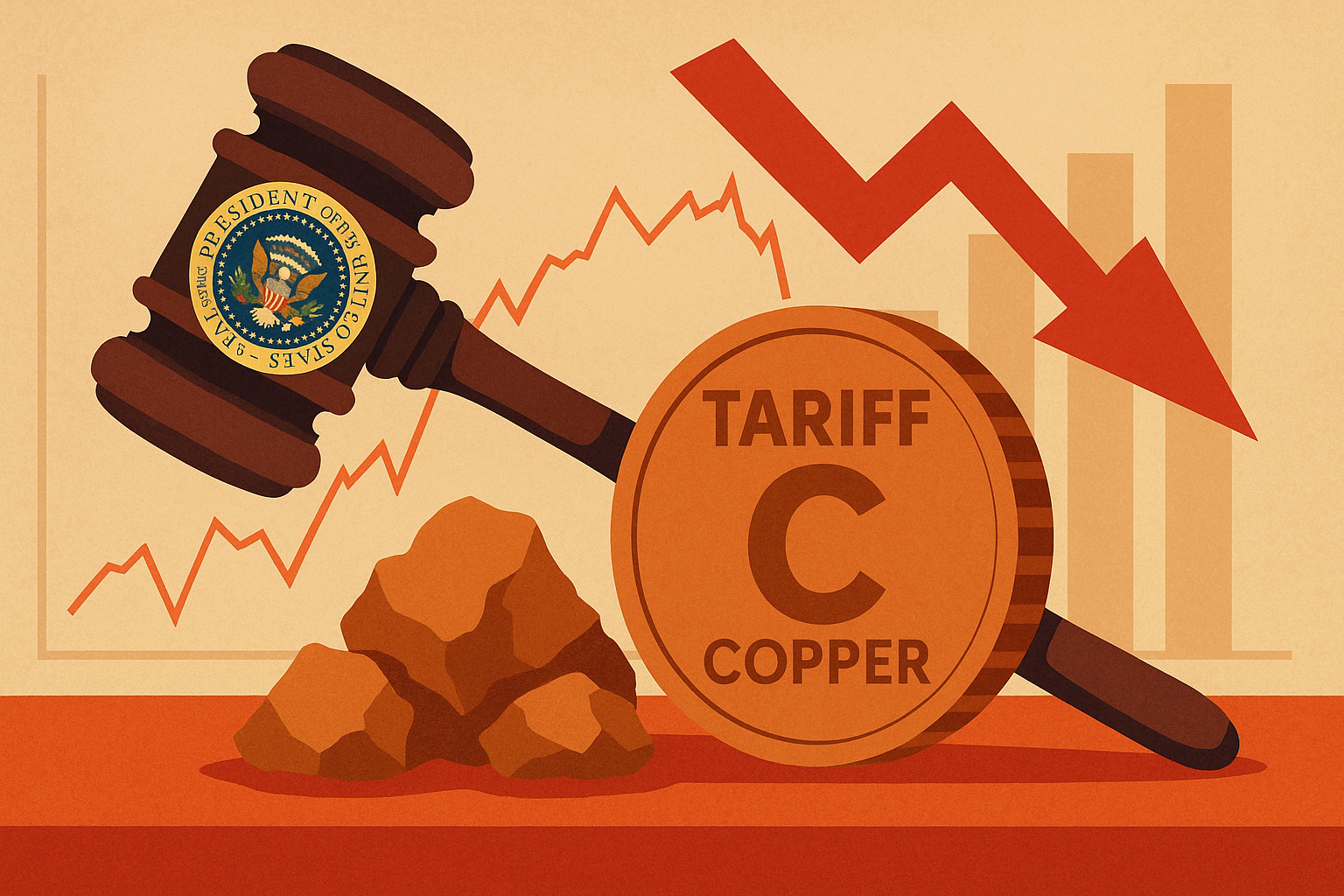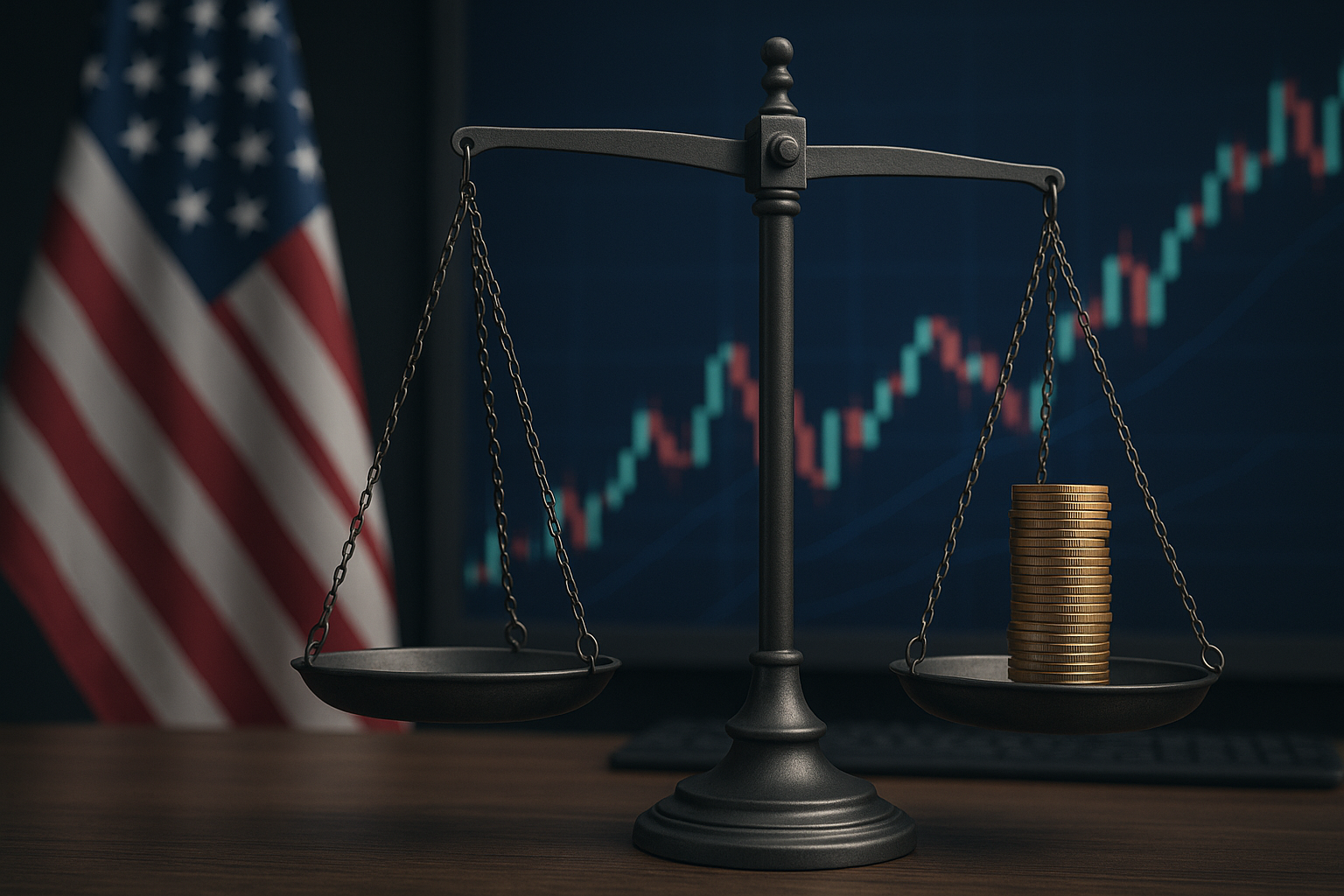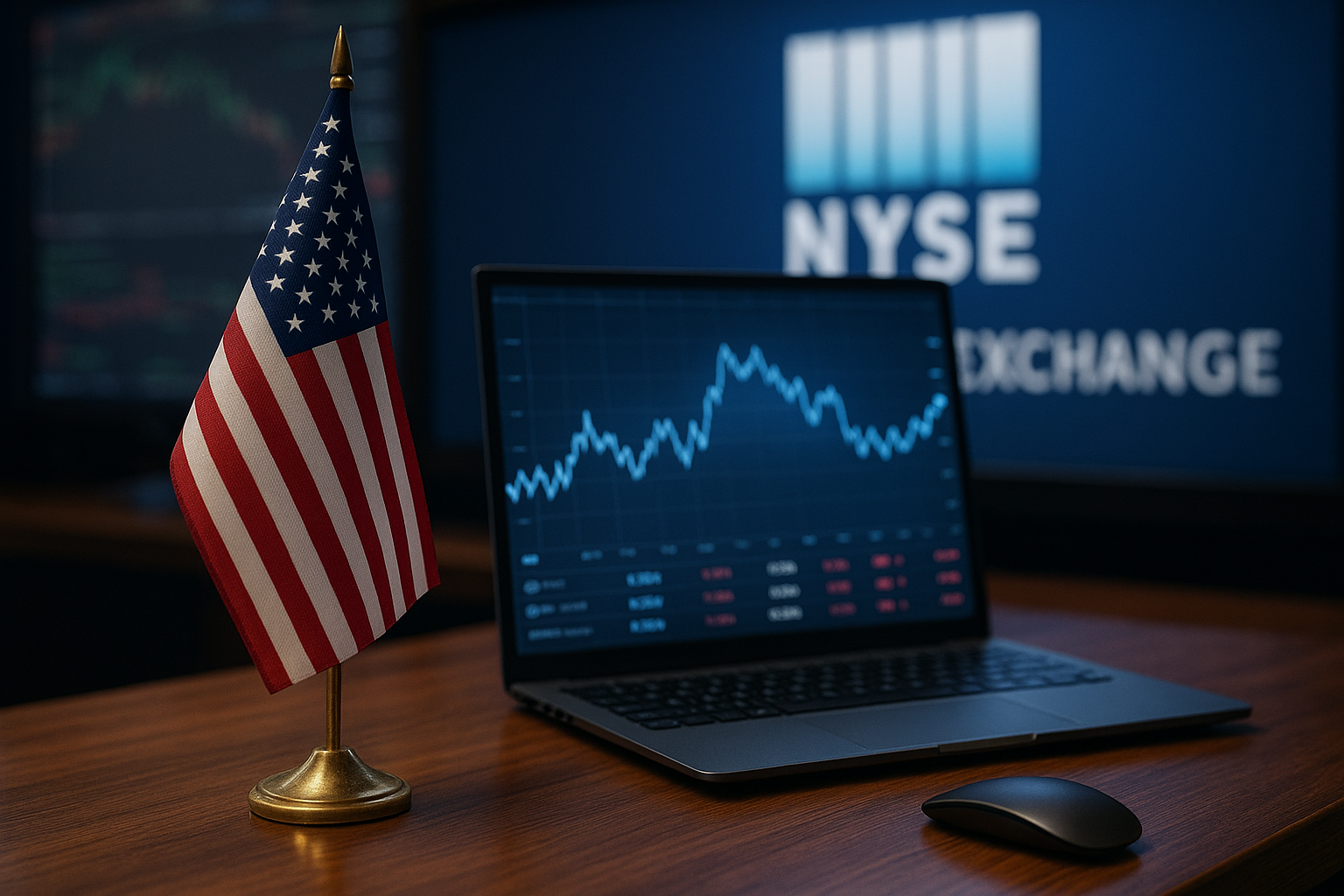In a bold policy move with potentially far-reaching implications for commodities and supply chains, former President Donald Trump announced a 50% tariff on all U.S. copper imports starting August 1, alongside a 200% tariff on pharmaceutical imports from Brazil. The announcement, made during a televised policy address in Cleveland, comes as part of Trump’s renewed “America First” economic strategy—signaling an aggressive turn toward protectionist trade policy ahead of the 2025 election.
Yet in an unexpected twist, Wall Street barely flinched. The Nasdaq Composite closed at a record high, while copper futures moved modestly. The muted reaction suggests markets are either pricing in policy reversals, confident in domestic capacity ramp-ups—or are simply focused elsewhere, particularly on earnings momentum and AI-fueled tech optimism.
Tariffs Return, but Reaction Is Measured
According to the official release from the U.S. Trade Representative (USTR), the copper tariff targets all non-NAFTA suppliers, including Chile and Peru—two of the largest exporters to the U.S. The pharmaceutical tariffs are aimed at curbing dependency on foreign drug manufacturing, particularly amid rising scrutiny over supply chain vulnerabilities.
Copper prices initially ticked up 1.2% on the Comex exchange before retreating. Analysts at Goldman Sachs suggested the lack of a sustained rally is tied to investor belief that domestic smelters can bridge the gap. “U.S. inventories are lean, but there’s capacity to ramp. Tariffs may pressure margins, but not immediately squeeze supply,” said metals strategist Max Leyden.
Meanwhile, the iShares U.S. Basic Materials ETF (IYM) rose 0.6%, reflecting moderate optimism that domestic producers such as Freeport-McMoRan (FCX) and Southern Copper (SCCO) could benefit.
Why This Matters for Investors
Tariffs historically create both winners and losers, with ripple effects across industries. In this case, the biggest beneficiaries could be U.S.-based miners and processors, especially those with scalable production and limited overseas exposure. But the implications go beyond base metals.
For example:
- Supply chain costs may rise, especially for downstream manufacturers that rely on refined copper components.
- Bond markets could see volatility if inflation expectations climb due to import cost pressures.
- Forex markets may price in trade friction, particularly affecting Latin American currencies.
Notably, the Brazilian real weakened 0.8% following the tariff news. Brazil is a major exporter of low-cost generics and raw pharmaceutical ingredients to the U.S.
Future Trends to Watch
- Domestic Mining Policy Acceleration
Expect regulatory tailwinds for copper projects in Arizona, Nevada, and Utah. Companies with shovel-ready assets may move up in investor focus, particularly those with ESG-compliant operations. - Copper Substitution Plays
Firms involved in aluminum wiring, superconductors, and rare-earth alternatives could benefit from rising copper prices and substitution demand. - Pharma M&A or Relocalization
A 200% tariff on Brazilian pharma products could lead to U.S.-based contract manufacturers gaining market share. Watch for M&A in the CDMO (Contract Development and Manufacturing Organization) space. - Volatility in Emerging Market Debt
Countries hit by tariffs may face higher bond spreads as investor confidence falters. This could lead to short-term rebalancing in EM debt and FX ETFs.
Key Investment Insight
Tariff announcements may not move broad indices immediately—but they reshape industry fundamentals over time. Investors should:
- Maintain exposure to domestic mining and refining equities.
- Monitor companies in copper-heavy industries (EVs, grid infrastructure) for margin pressure.
- Hedge emerging market risk via diversified ETFs or long-dollar positioning in currency trades.
Select mining-focused ETFs like Global X Copper Miners ETF (COPX) and SPDR S&P Metals & Mining ETF (XME) may see capital inflows if domestic supply is favored. Likewise, biotech and pharma investors should track U.S.-based manufacturing partners poised to fill gaps left by import restrictions.
Trump’s tariff strategy may stoke nationalist sentiment ahead of the election, but its ripple effects will be measured in balance sheets and margins—far beyond the campaign trail. For forward-looking investors, positioning now could unlock early-mover advantage.
Follow market-impacting political shifts and their financial implications—only at MoneyNews.Today, your edge in fast-moving global markets.





